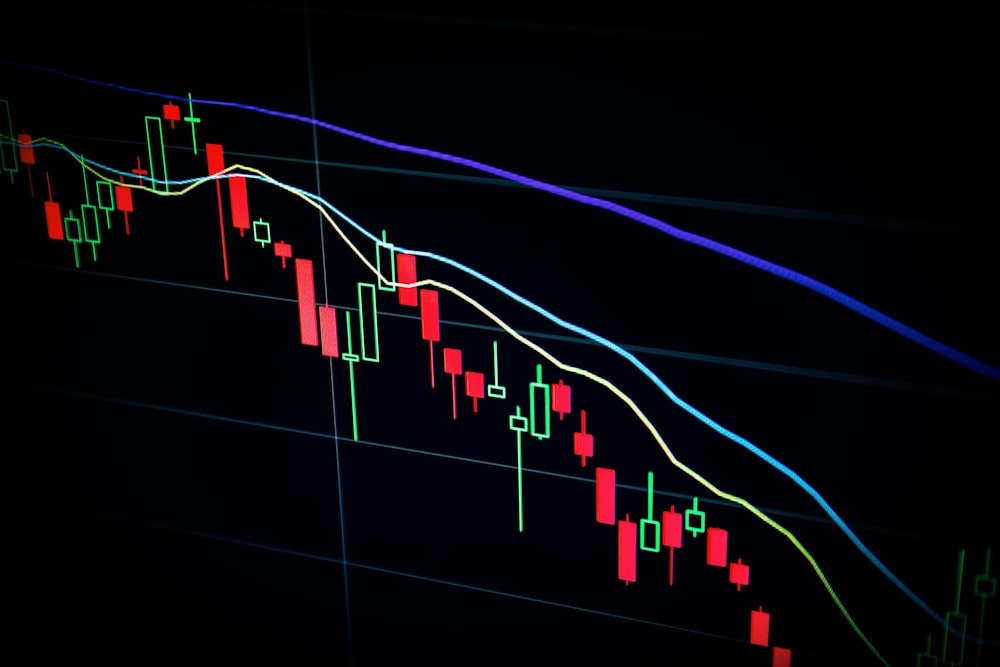The recent escalation in U.S.-China tensions came after a period of relative calm earlier this month, reigniting fears among investors. President Trump’s accusations of China violating the tariff agreement have fueled market anxiety, while Treasury Secretary Scott Bessent indicated that trade negotiations with China were at a standstill. In response, China’s government urged the U.S. to correct its actions and end discriminatory practices, which could erode recent gains in risk assets like Bitcoin.
In addition to these trade issues, the market has seen a significant pullback in the memecoin segment, where over $10 billion in market cap has evaporated in just a week, dropping from $74 billion to $64 billion - levels not seen since early May.
Bitcoin has decreased by 6% this past week alone, and despite whale activity suggesting potential rebounds, various technical indicators point to risks ahead. Bitcoin is facing a critical support level at $104,584; if it falls below this point, further decline toward $100,694 could become likely. Should the bulls manage to reclaim the $106,726 level, it may prevent deeper losses.
Market sentiment is shifting as the Fear and Greed Index has dropped to a three-week low of 69, reflecting a cautious attitude among investors. Recently, over 217,000 traders experienced liquidations, amounting to around $800 million in losses, indicating a significant correction in the market.
Despite these challenges, data from CryptoQuant shows a lower level of profit-taking in this market than at previous cycle tops, suggesting that the market is not excessively overheated. A drop below $100,000 for Bitcoin might be short-lived, with a projected strong interest around the $96,000 support level. Trader Altcoin Sherpa suggests a possible bounce between $102,000 and $104,500, which could push Bitcoin above $107,000 soon.



